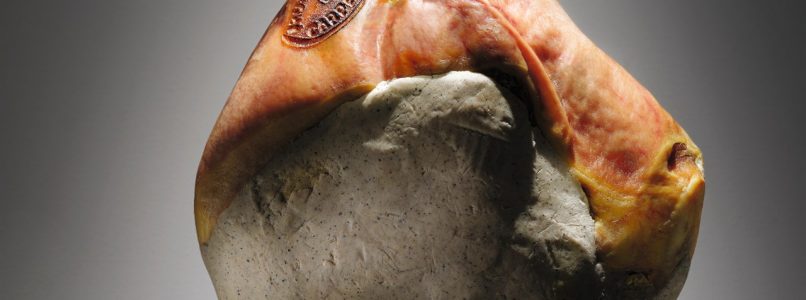It’s the turn of the Brunello di Montalcino. There is no country in the world with so much richness and variety of productsnatural as the territory gives them or worked by expert hands in simple ways, which are ancient and at the same time the most contemporary. Continues voyage to discover our goodness, from the best known to the lesser known ones far from the production area. With Brunello di Montalcino, holder of prestigious records, our culture of food and wine remains unbeaten on the world podium of taste.
Brunello di Montalcino
From the 1865, the year in which Brunello di Montalcino debuted with the first vintage produced by Clemente Santithis Tuscan red continues to collect successes: it was the first Italian fine wine exported to the United States in 1930the first served at a reception between heads of state (the President of the Republic Giuseppe Saragat and Queen Elizabeth II) and the only one included among the twelve labels of the century according to the magazine Wine Spectator. Since 1966 it has been protected with the DOC and since 1980 with the DOCG (the first in Italy, together with the Vino Nobile di Montepulciano and the Barolo). The territory also played its part: in 1941 the first public wine shop for the sale of local wines was inaugurated in Montalcino, in 1948 a cellar opened its doors to visitors for the first time, giving rise to the development of wine tourism. Today, the Protection consortium brings together 219 producers and the hectares intended for the production of Brunello are 2100 (with a value of almost one million euros per hectare), spread across an area rich in biodiversity, with 50% of the land occupied by woods and 10% allocated to olive groves, without counting the pasture and arable areas; with almost 50% of the vineyards grown organically, Montalcino boasts a percentage three times higher than the national average. Who are the main admirers of Brunello? Stands out Italy, followed by the United States, Canada, Germany and Switzerland.
Brunello di Montalcino Identity Card
VINES – Sangiovese, in Montalcino called brunello.
CHARACTERISTICS – Has a lively garnet red colour and an elegant and complex aroma which recalls, in young wines, the small berries and the plum, the spices and the balsamic aroma. The taste is harmonious, persistent, structured, appropriately acidic and tannic. It is a wine that ages very well, even for decades.
SERVICE – Uncork it at 18°C and choose large glasses to favor oxygenation; in the case of very old bottles, let it decant in the carafe for a couple of hours before serving it.
COMBINATIONS – With dishes based on red meat and game (it is excellent with wild boar), also seasoned with tomato, mushrooms or truffles. It goes well with mature cheeses, such as tome and Tuscan pecorino.


